It may have taken a few years, but it looks like Sega is finally ready to properly jump into the world of classic consoles. I stress the word properly because, frankly, I’m still trying to wash the sour taste of AtGames’ take on retro hardware out of my mouth. Thankfully, the house that built Sonic is treating their most iconic console with a little more care this time around. Rather than hastily throwing together a less-than-accurate emulator, Sega has tapped veteran developer and port house M2 to give the included 40-some-odd games the care and love they deserve. The final product is a nostalgia trip worthy of the Genesis moniker, even if the overall experience falls a bit short of perfection.
Looking at the hardware itself, the Genesis Mini is perhaps the most impressive (or over-the-top) classic console to hit the market in some time. The entire unit is a shrunken-down version of the Model 1 Genesis, complete with working on/off and reset switches. The cartridge flap and expansion port cover are only there for aesthetics, but they move and feel like the original thing, albeit smaller. Seeing as how this console would fit perfectly under a PC monitor, it would have been nice for Sega to have included a working headphone port, but the non-functional volume slider is a fine consolation prize.
As has become the standard, the Sega Genesis Mini outputs a 720p video signal over HDMI, with power supplied over micro-USB (there’s a good chance you can drive this thing from your TV’s built-in USB port). The controller is a fine replica of the original, though it’s a three-button variant — fighting aficionados might want to invest in six-button controllers that are being developed by Retro-Bit. Each mini console comes with two controllers, which have the ability to bring up the main system menu without having to hit the reset button — a definite improvement over the SNES Classic.

The main menu is a bit touchy (you’ll probably overshoot your menu selection or accidentally scroll when you didn’t mean to), but Sega makes up for it with a brand new theme by legendary composer Yuzo Koshiro. The rest is pretty par for the course — games are laid out in a grid, with an option to view box spines instead, as if your virtual collection was laid out on a bookshelf. Changing the system’s language to Japanese not only changes all the box art but will also load up Japanese versions of each game — a godsend for those who don’t want to have to deal with the ridiculously difficult US localization of Contra: Hard Corps.
Once you get in-game, you’ll have a few options to tinker around with. The output can be stretched to a 16:9 aspect ratio (what monster would opt for that?), and those who prefer a more retro feel can toggle on CRT scanlines, though I personally felt the loss in brightness/gamma is a bit too much with them enabled. If you stick with the default aspect ratio (like any sane person would), you can choose from three different backgrounds — thankfully, a simple black border allows you to focus on the game without any additional frills, though I do like the other inclusions.
Emulation wise, M2 has done a solid job — I’m guessing that only the most diligent enthusiasts will be able to pick out any glaring issues, at least when it comes to video quality. With the default 4:3 aspect ratio, integer scaling ensures that pixel sizes are uniform across the screen, avoiding the “shimmering” effect when scrolling in 2D games. However, that only holds true for Genesis titles that use a more common resolution — Monster World IV, Wonder Boy in Monster World, Shining Force, and Street Fighter 2: Special Champion Edition render with a horizontal resolution of 256 pixels, so you might notice some uneven pixels (and in turn, the dreaded shimmering) when you scroll across the screen.
There are some other minor nitpicks — as expected, the emulation of the Yamaha YM2612 chip is fairly good, but the end result tends to sound more shrill than I remember, and it seems every game is subject to around a quarter of a second of audio delay/lag. It’s more noticeable in a handful of titles, and I’ve confirmed that it is a by-product of the emulation M2 is using (a limitation of the SoC being used?). A rewind feature would have been nice to have (especially when you want to undo an untimely death or accidental button press), but I’m sure most will make do with save states.
All of these shortcomings might sound like I’m being too harsh, and frankly, I am. On the whole, the emulation does a great job at letting you play your favorite classics on a modern display, and the list of games on offer is quite extensive. There are 42 in total (exactly double the SNES Classic), with some incredibly rare titles (including an unreleased port of Tetris) making the cut. Of course, there are some notable omissions — we’re guessing that Sonic the Hedgehog 3 was axed because of its connections to Michael Jackson, but it would have been nice to have seen Ristar, and maybe one licensed sports title. That being said, Castlevania: Bloodlines and Monster World IV more than make up for it.
After a few blunders (I can’t seem to get over AtGames’ Flashback HD) and a couple of years of laying low, Sega has finally come through. Those looking to relive the glory days of Sonic and co. don’t have to roll the dice anymore — the Genesis Mini couples solid emulation with an exhaustive list of games, and all for a price tag that is more than fair. I’d certainly love to see more from Sega and M2, but if this ends up being the only mini console the two collaborate on, I’ll still be able to rest easy.
This review is based on a retail unit of the Genesis Mini, which was provided to us by Sega.






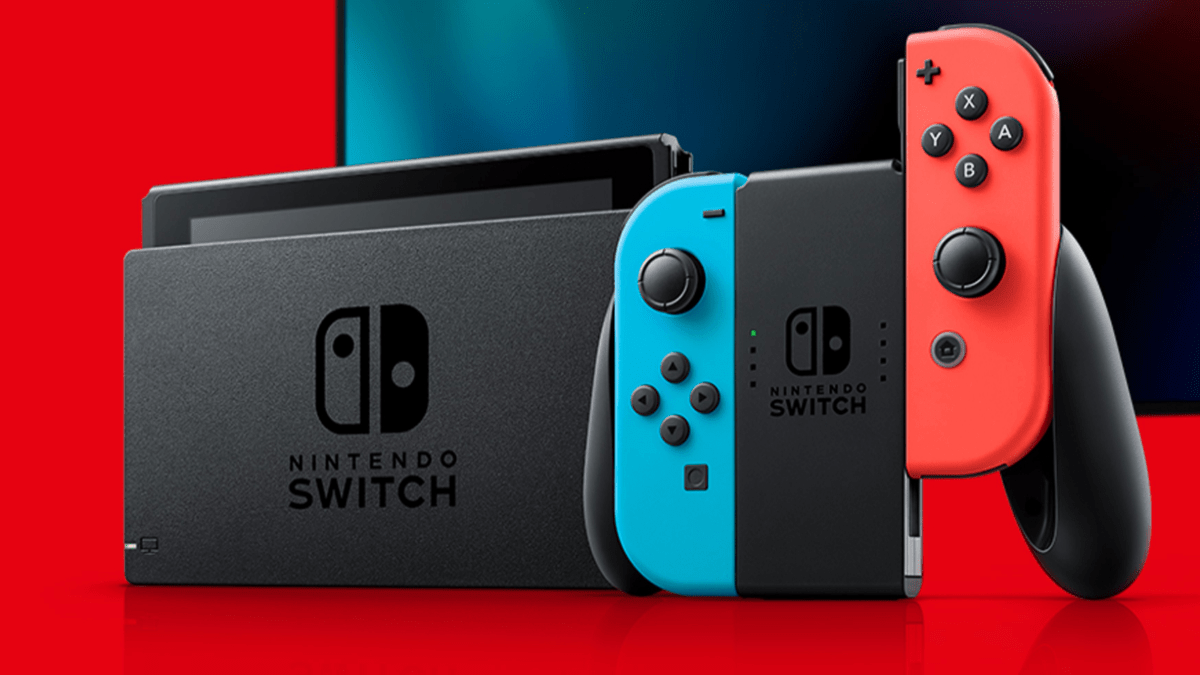
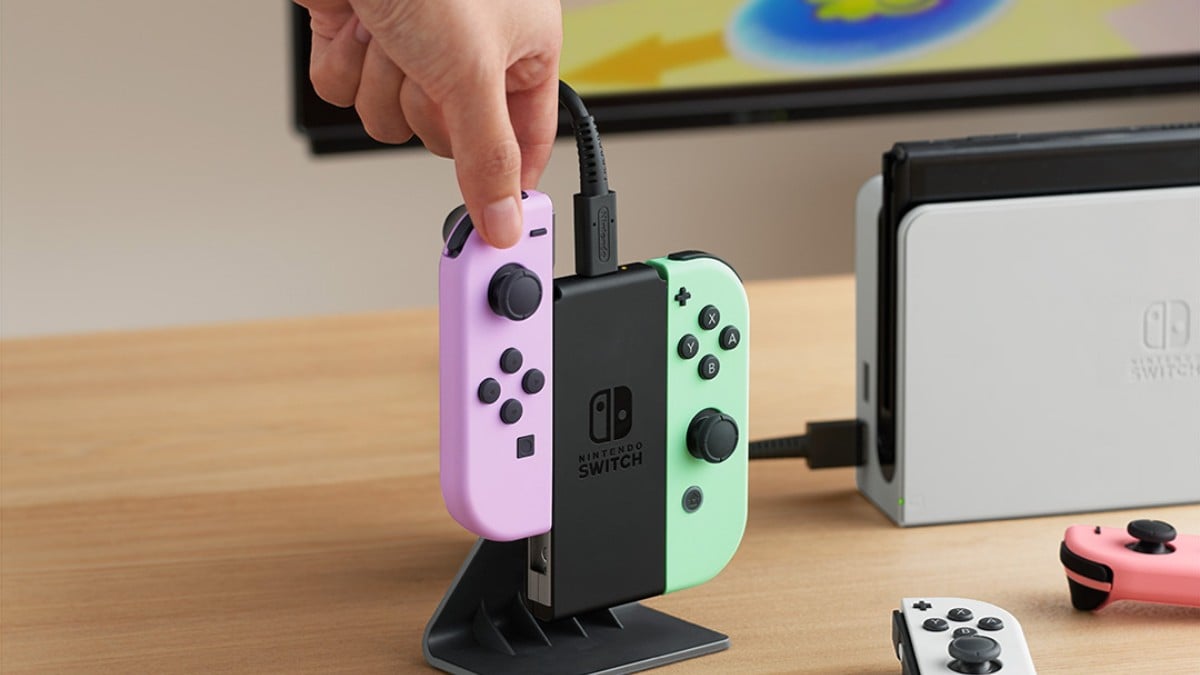
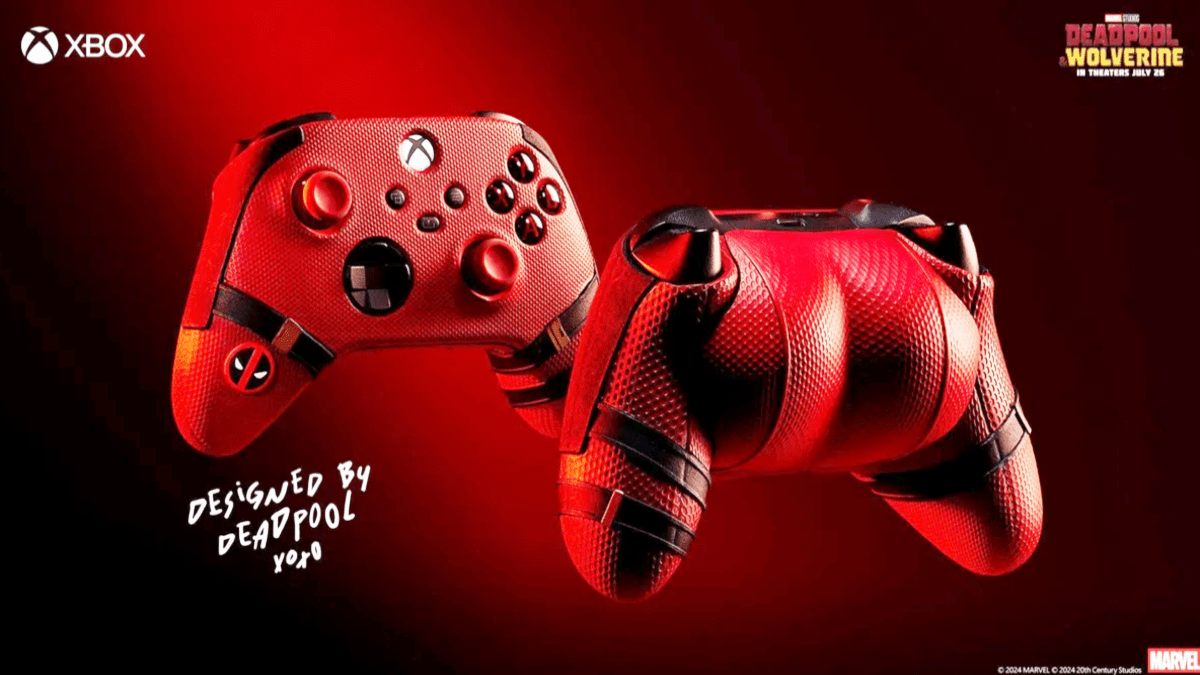
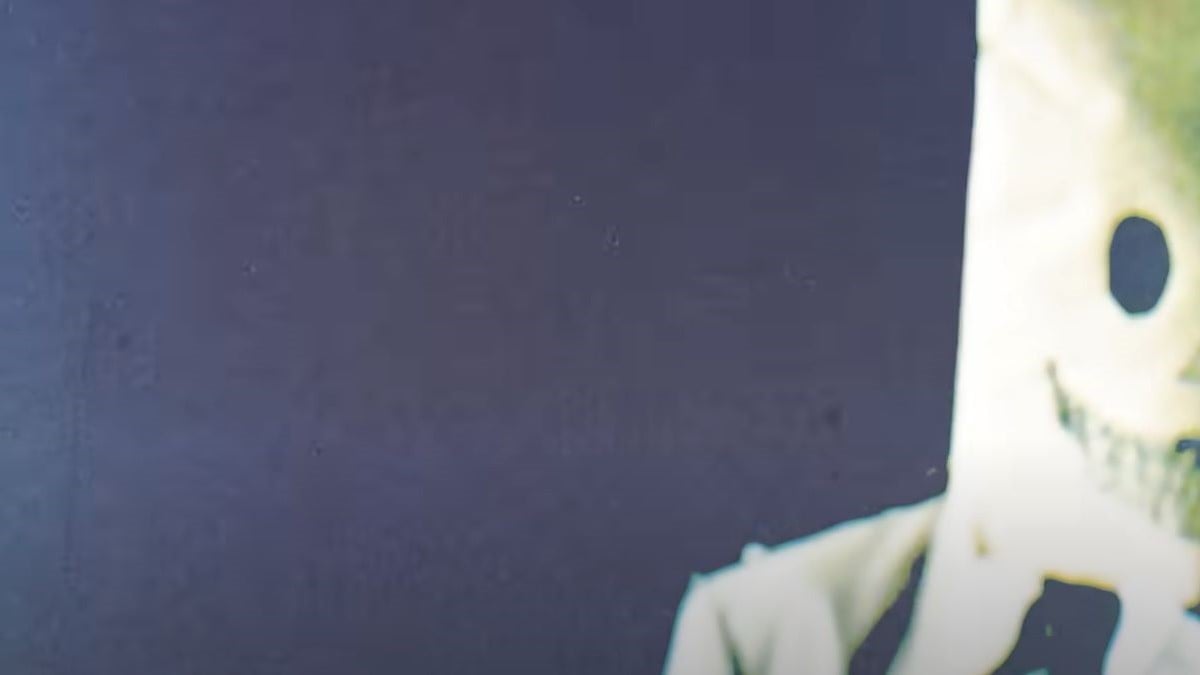
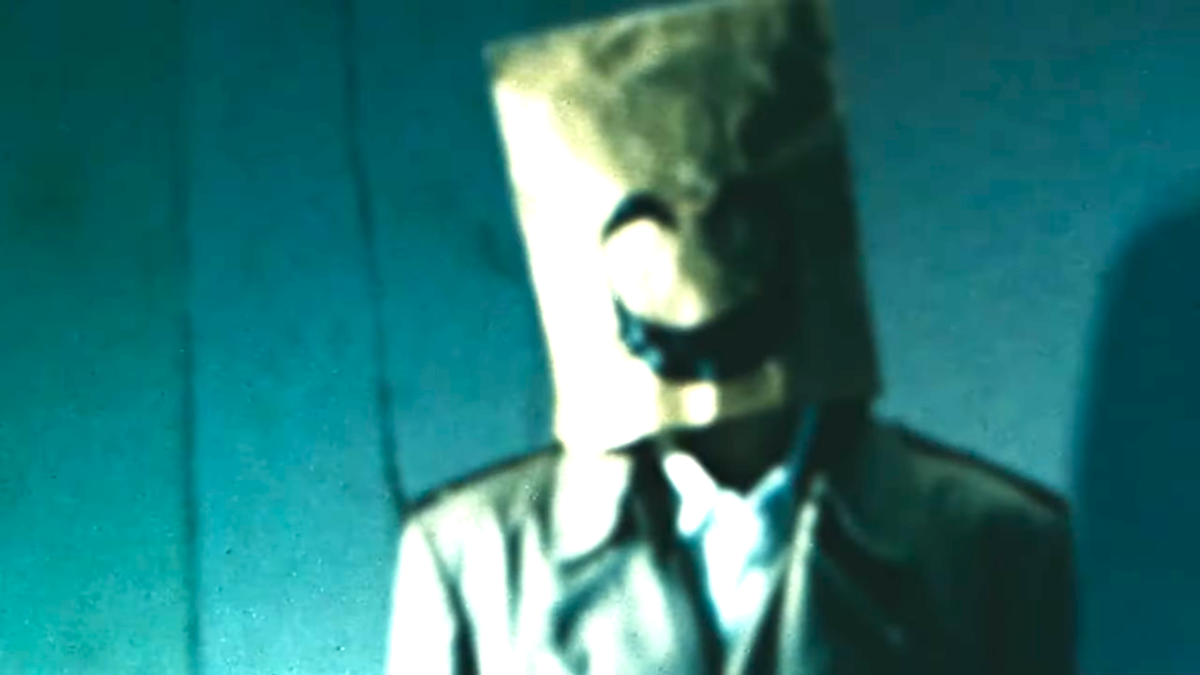
Published: Sep 12, 2019 08:30 am